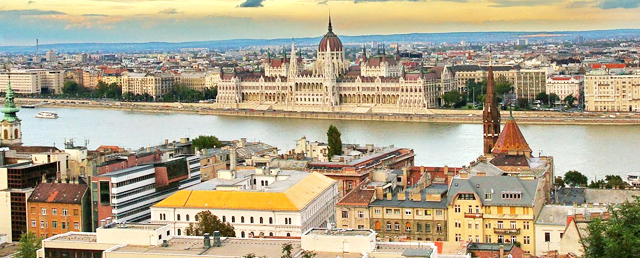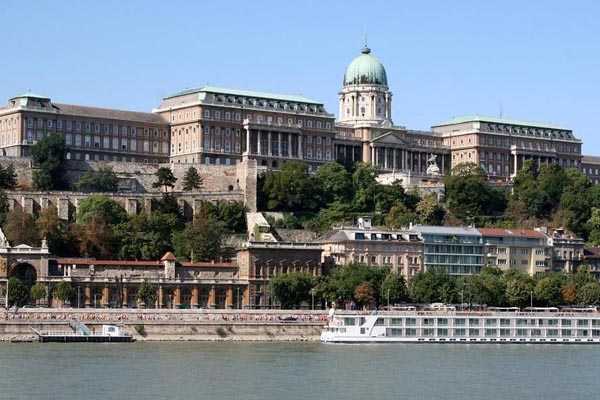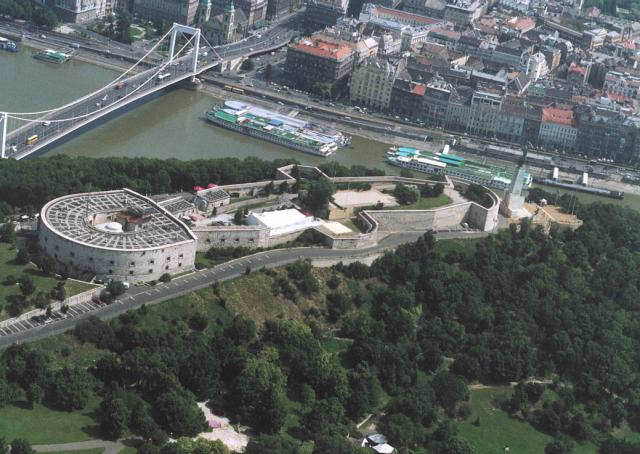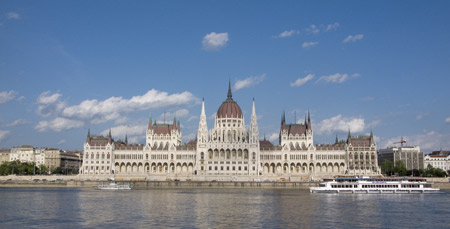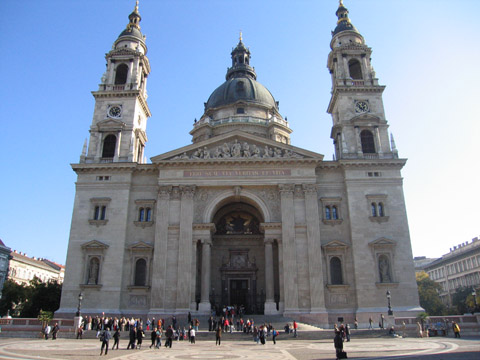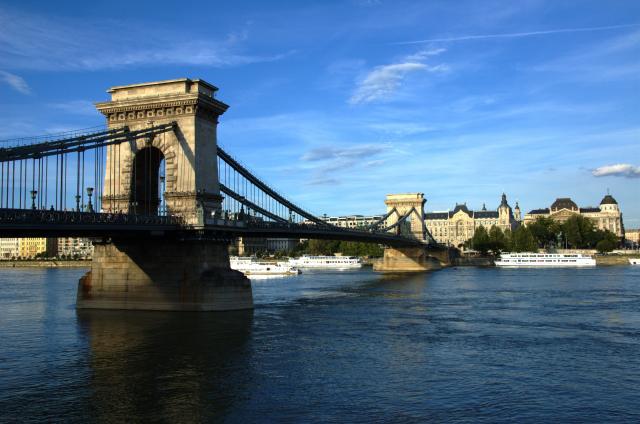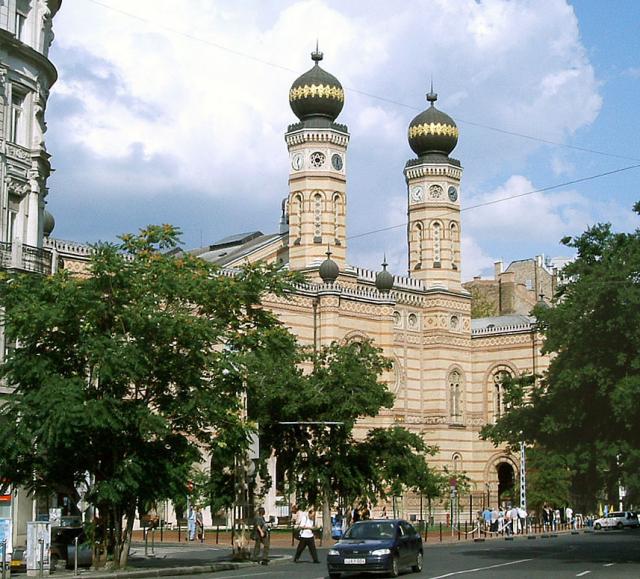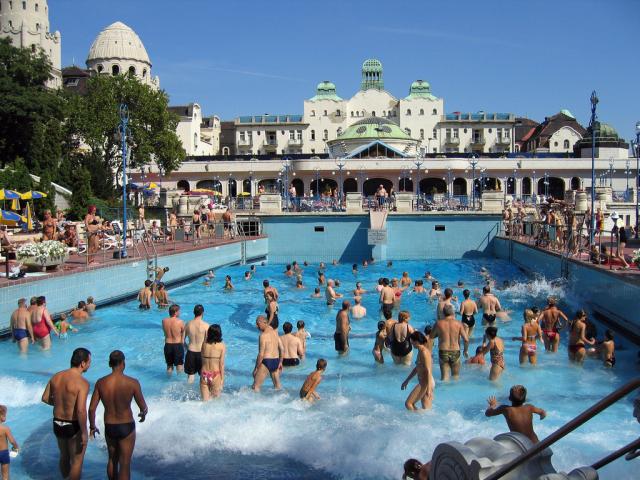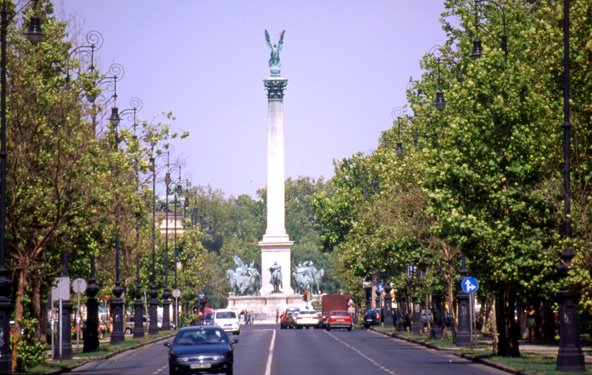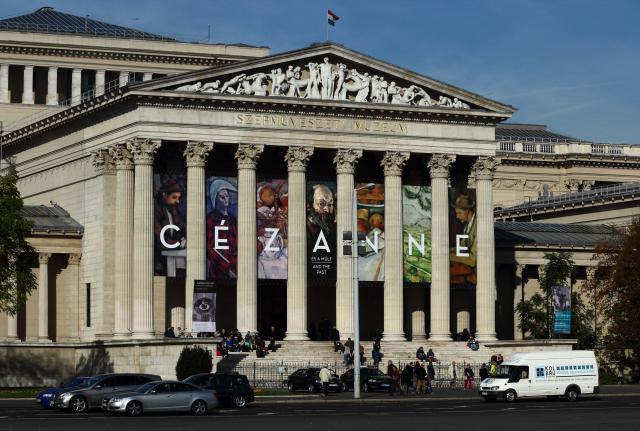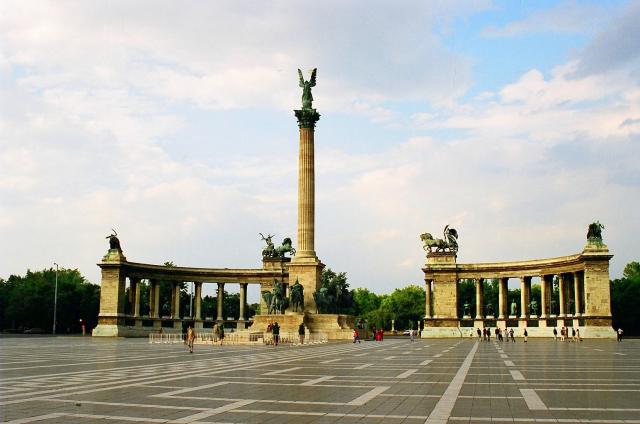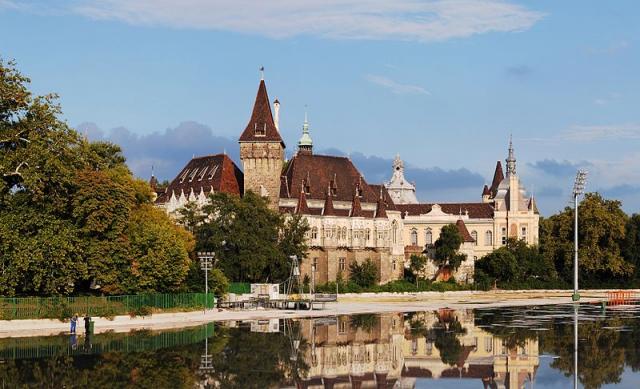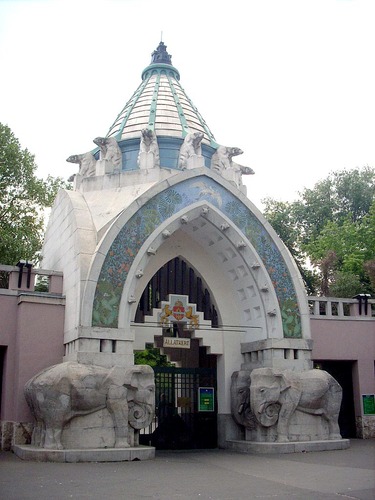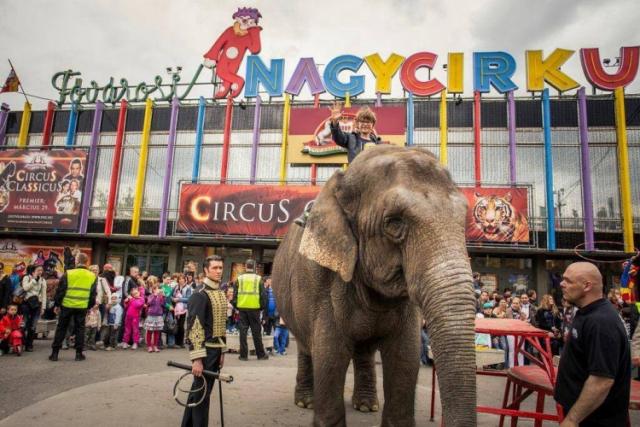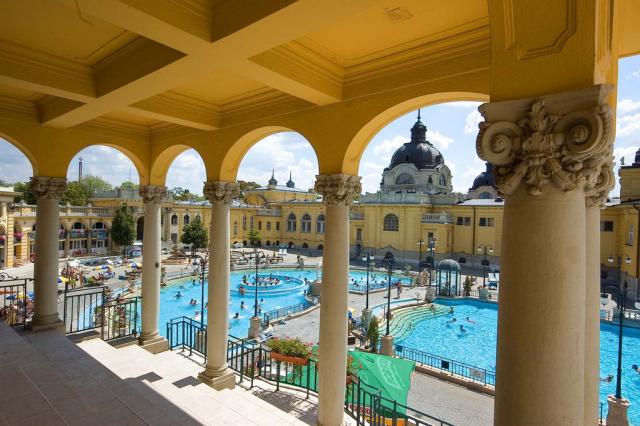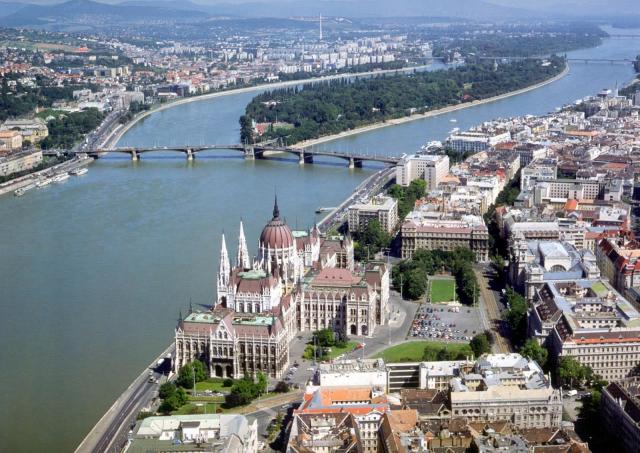
Budapest
the city of experiences
BUDA CASTLE
Buda Castle and Castle District are the most famous and popular tourist attractions of Budapest. The royal palace is a symbol of the country, where battles and wars took place beginning in the 18th century. One of the most attractive and famous Catholic churches of Budapest is Matthias Church at Szentháromság (Holy Trinity) Square. Several buildings of historical significance, museums, monuments and theatres are located here. A beautiful panorama of Budapest unfolds here in front of the visitors, and one of the most beautiful sections of the Danube can be viewed from the terrace of Royal Castle and Fisherman’s Bastion.
CITADEL
A popular spot for the visitors of the capital is Hill Gellért where the Citadel is located. It was built by the Habsburg dynasty in 1854 after defeating the 1848-49's war of independence. The panorama of Budapest, which is a part of the World Heritage, can be viewed from the former fortress in its full glory. The Statue of Liberty, Hill Cave Church, and the Statue of Bishop Gellért are also attractions of the mountain.
PARLIAMENT
Europe's second largest parliamentary building, consisting of 691 rooms is standing at the bank of the Danube in Budapest. Length of the building is 268 m; the height of its dome is 96 m. The building was built in neo-Gothic style between 1884-1904 according to the plans of Imre Steindl. Since 2000, the Hungarian coronation regalia have been exhibited in the House of the Country: St. Stephen's crown, the sceptre, orb and a sword from the Renaissance age. The building permanently houses the Parliament. After the building's exterior renovation, Kossuth Square, situated in front of it received a new look in 2014.
ST. STEPHEN'S BASILICA
A prominent tourist attraction of Budapest is St. Stephen's Basilica, one of the most important religious buildings of Hungary. The Basilica was built in neoclassical style between 1905 and 1851, the dome of the largest church of Budapest can be seen from everywhere in the capital. There are organ concerts organised in the church regularly. The Holy Right, the mummified right arm of (Saint) Stephen I, founder of the Hungarian State is preserved here as a relic. One of the most famous Hungarians, Ferenc Puskás football player was laid to rest here in 2006.
CHAIN BRIDGE
Number one attraction on the postcards of Budapest is Chain Bridge, the iconic bridge of the capital. It provides a magnificent view in the background with Buda Castle, which attracts many tourists to Budapest. Our historic bridge was built between 1839 and 1849 by architect William Tierney Clark and Adam Clark contractor as commissioned by István Széchenyi. Neither this bridge could escape the ravages of World War II, it was rebuilt in 1949 on its 100th anniversary. Excellent panorama of the Danube can be seen from the terrace located at the top of the tunnel that can be approached by foot from the Buda side.
GREAT SYNAGOGUE IN DOHÁNY STREET
It was built in romantic style, with the cooperation of Frigyes Feszl, by the plans of Ludwig Förster between 1854 and 1859. It the second largest synagogue is in the world and the largest one – together with the synagogue in Amsterdam - in Europe. The three thousand-seat church is characterized by diverse use of raw brick, strong oriental influence, and cast iron structure that can be seen in its interior. It represented the border of the ghetto of Budapest in World War II.
BUDAPEST SPAS
The town gained officially the title of city of spas in 1934; however, the ancient could already enjoy the treasures of natural hot springs. 70 million litres of mineral water of 21 to 78 degrees Celsius spring up every day from 118 natural springs discovered so far. 10 of the 15 spas are open all year round. You can also taste the curative water from the several drinking fountains of Budapest. The most famous baths are Széchenyi Bath, Gellért Bath, Király Bath.
ANDRÁSSY AVENUE
Andrássy Avenue connects the downtown area with City Park. The length of the avenue of unified architecture is 2310 m. It became part of the World Heritage in 2002, together with the Millennium Underground Railway going under it and Square of Heroes. One of its jewels is Opera House built on the basis of plans of Miklós Ybl, but the most beautiful of the eclectic architecture of Budapest can also be found here. There are several beautiful inner courtyards, statues and fountains hidden in apartment buildings.
MUSEUM OF FINE ARTS
Art works of the world's most famous artists - including Giotto, Leonardo, Raphael, Rembrandt and Tiepolo, Ribera, Murillo, Goya, Pieter Bruegel, Van Dyck's, and real masterpieces from all periods of European fine arts are shown here. This comprehensive presentation of European and Egyptian artefacts is well-known beyond our borders, in addition to the temporary exhibitions.
HEROES' SQUARE
Three main parts of the vast open space is Art Gallery built in 1896, Museum of Fine Arts opened in December 1906; and Millennium Monument connecting them visually, with Angel Gabriel standing on the central column with height of 36 m high, holding the Holy Crown and the apostolic double cross in his hands. The semi-circular shaped monument was built in eclectic style; both the left and the right column halls house seven bronze statues of famous figures of Hungarian history.
CASTLE VAJDAHUNYAD
The castle was originally built of wood and cardboard for the celebrations of Hungarian Millennium, in the lake shore of City Park. In the design of the castle one thousand years of Hungarian architecture come to life, from Roman and Gothic through Renaissance to Baroque. The giant maquette had such a success after its completion that later it was rebuilt of stone. Today, it houses the Agricultural Museum. Its side, facing the lake, evokes the Transylvanian castle of Vajdahunyad.
BUDAPEST ZOO AND BOTANICAL GARDEN
One of the world's oldest zoos is Budapest Zoo and Botanical Garden, as it has a history of nearly one hundred and fifty years. The gift of József Ferenc and Sisi was a giraffe, which is the first zoo inhabitant arrived from Vienna. It takes at least a half a day to walk around the Palm House and its entire park. Guests are welcome to its historic animal houses, unique interactive exhibition space ensuring enthusiastic relaxation for the whole family.
GREAT CIRCUS
There was a circus standing in City Park back to the 1800s, however, golden age of the deservedly famous circus is calculated from 1936. This is the only stone circus of Central Europe, which is open all year. In its ever-changing repertoire, winners of festivals and young talents perform for the audience.
SZÉCHENYI SPA
One of the largest spa complexes in Europe is located in Budapest, which is supplied by the deepest and warmest water (of 74-75 degrees Celsius) spring of the capital. Due to its rare mineral composition and wonderful view, Széchenyi spa is a popular destination for almost all tourists.
MARGARET ISLAND
The 2.8 km-long island is the most beautiful park of the city, which is straddled by two bridges (Margaret Bridge and Árpád Bridge). In addition to the many plants, Margaret Island provides home for many other attractions: sacred monuments of Medieval architecture, water tower pronounced to be protected by the UNESCO, the famous music well, pool Alfréd Hajós, Palatinus beach, running tracks and restaurants. The green boat of Danube is a realm of springs, pools, grass meadows.
